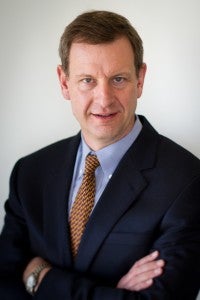This commentary originally appeared on EDF’s California Dream 2.0 blog.
 I spend most of my time working to establish On-Bill Repayment programs that allow property owners to use their utility bill to repay loans for cost-saving energy efficiency or renewable energy upgrades. Many of my colleagues work on a similar program known as Property Assessed Clean Energy (“PACE”), which uses the property tax bill for repayment. Since both utility and property tax bills are usually paid, both PACE and OBR are expected to lower the cost and increase the availability of financing for clean energy projects.
I spend most of my time working to establish On-Bill Repayment programs that allow property owners to use their utility bill to repay loans for cost-saving energy efficiency or renewable energy upgrades. Many of my colleagues work on a similar program known as Property Assessed Clean Energy (“PACE”), which uses the property tax bill for repayment. Since both utility and property tax bills are usually paid, both PACE and OBR are expected to lower the cost and increase the availability of financing for clean energy projects.
Last week, I was invited to attend a meeting of the leading PACE program administrators, property owners and other market participants in the country — and was pleasantly surprised to learn how much progress is being made.
Connecticut launched their program in January and is expected to close $20 million of PACE transactions for commercial properties by year end. The Toledo, Ohio area expects to have executed $18 million of commercial transactions by the end of 2013. Sonoma County, with a population of less than 500,000, has already completed $64 million of financings for residential and commercial properties. In late 2012, CaliforniaFIRST launched a PACE program for commercial properties that has already received 130 applications.













